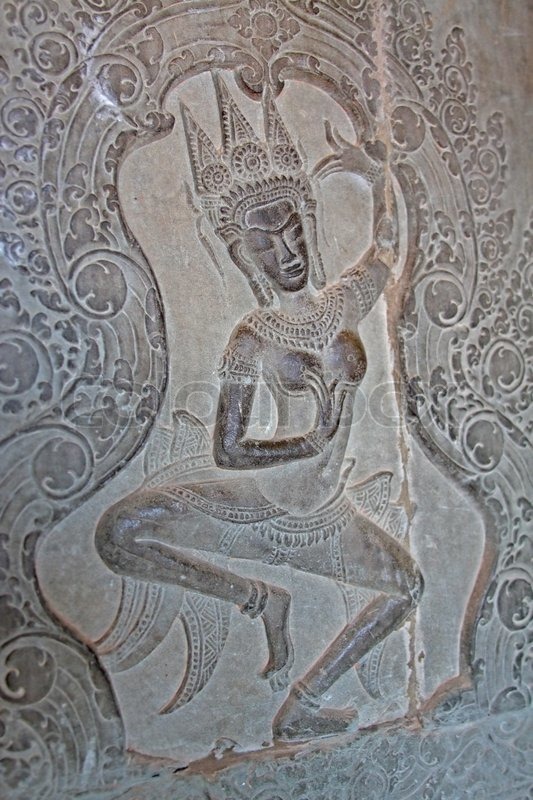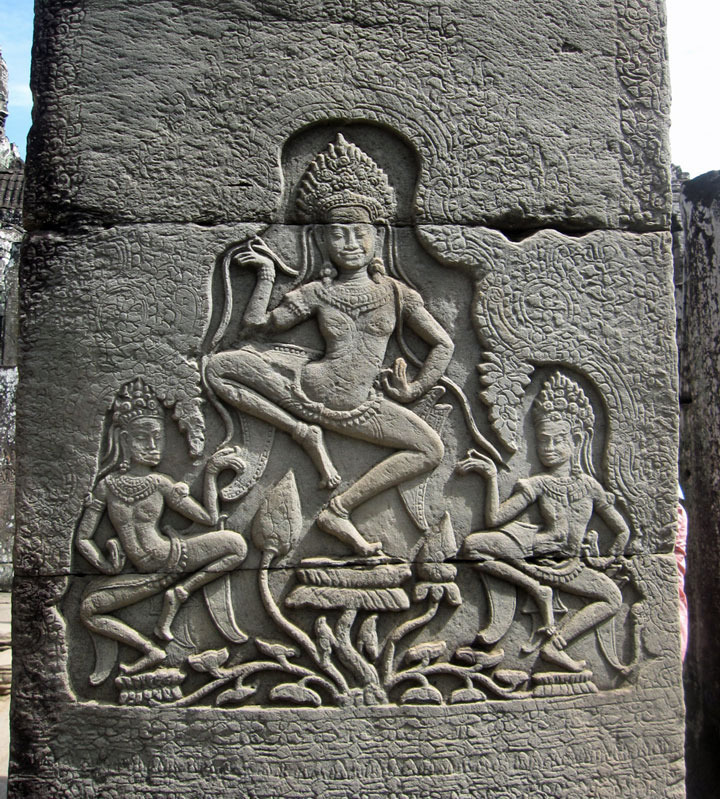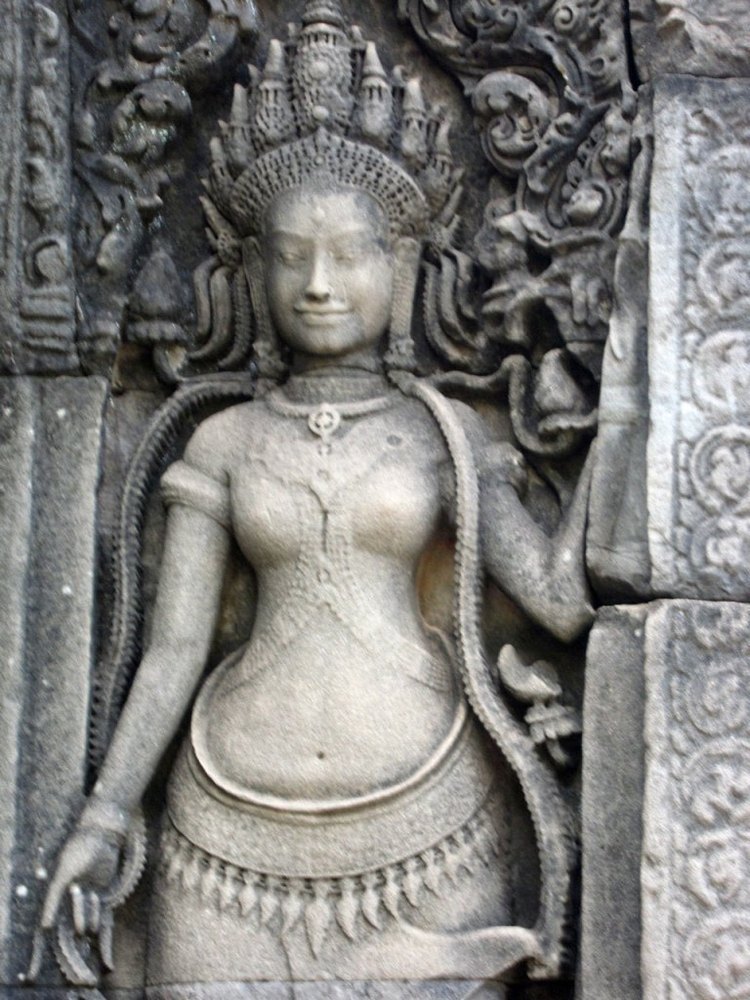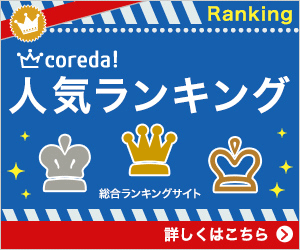2017年08月28日
Angkor Wat: City Of The God Kings (Ancient Civilisations Documentary)
| Timeline
Angkor Wat: City Of The God Kings (Ancient Civilisations Documentary) | Timeline
https://youtu.be/KsDGDzwuQ-I
Angkor Wat: City Of The God Kings
(Ancient Civilisations Documentary) | Timeline
https://youtu.be/KsDGDzwuQ-I
Published on Jul 15, 2017
Lost Worlds investigates the very latest archaeological finds at three remote and hugely significant sites - Angkor Wat, Troy and Persepolis.
Lost Worlds travels to each site and through high-end computer graphics, lavish re-enactment and the latest archaeological evidence brings them to stunning televisual life. From the 900-year-old remains of Angkor Wat in the Cambodian jungle the staggering City of the God Kings is recreated. From Project Troia, in North West Turkey, the location of the biggest archaeological expedition ever mounted the lost city is stunningly visualised and finally from Persepolis the city and the great Persian Empire are brought to life.
Content licensed from Digital Rights Group (DRG).
Produced by Darlow Smithson Productions.
Category Education
License Standard YouTube License
~~~~~~~~~~~~~~~~~~~~~~~~~~~~
☆NOTE
1." Angkor Wat " :Wikipedia
https://en.wikipedia.org/wiki/Angkor_Wat
Abstract:
Angkor Wat (Khmer: អង្គរវត្ត or "Capital Temple") is a temple complex in Cambodia and the largest religious monument in the world, on a site measuring 162.6 hectares (1,626,000 m2; 402 acres).[1] It was originally constructed as a Hindu temple of god Vishnu for the Khmer Empire, gradually transforming into a Buddhist temple towards the end of the 12th century.[2] It was built by the Khmer King Suryavarman II[3] in the early 12th century in Yaśodharapura (Khmer: យសោធរបុរៈ, present-day Angkor), the capital of the Khmer Empire, as his state temple and eventual mausoleum. Breaking from the Shaiva tradition of previous kings, Angkor Wat was instead dedicated to Vishnu. As the best-preserved temple at the site, it is the only one to have remained a significant religious centre since its foundation. The temple is at the top of the high classical style of Khmer architecture. It has become a symbol of Cambodia,[4] appearing on its national flag, and it is the country's prime attraction for visitors.[5]
By Charles J Sharp - Taken from helicopter flying over Angkor Wat, CC BY 2.5, https://commons.wikimedia.org/w/index.php?curid=1317127
2." Apsara Angkor Wat " :Google Seach
https://www.google.co.jp/search?q=apsara+angkor+wat&rlz=1C1NHXL_jaJP727JP728&tbm=isch&tbo=u&source=univ&sa=X&ved=0ahUKEwi09fiX1vnVAhWGxbwKHWurDGIQsAQIZA&biw=1745&bih=864#imgrc=XloPXlKYQB5CgM:
~~~~~~~~~~~~~~~~~~~~~~~~~~~~
~~~~~~~~~~~~~~~~~~~~~~~~~~~~
Reference
Apsara - one of thousands of unique carvings of
khmer dancing girls in Angkor Wat, Cambodia, stock photo

上記画像の出典リンク:
https://www.colourbox.com/image/apsara-one-of-thousands-of-unique-carvings-of-khmer-dancing-girls-in-angkor-wat-cambodia-image-3429870
~~~~~~~~~~~~~~~~~~~~~~~~~~~~
Hunting Apsaras through the Heat and Dust
The source Link:
https://traceyrohrsheim.com/tag/apsara/
[ Following extract ]
Hunting Apsaras through the Heat and Dust

Of course, they are everywhere in Cambodia. Apsara hotels, apsara restaurants, apsara bookshops, hair salons, spas, art galleries, cafes.
Even the Cambodian government body looking after Angkor heritage sites is called APSARA (Authority for the Protection and Management of Angkor and the Region of Siem Reap). An apsara features on the logo of the Cambodian People’s Party. And all over the country thousands of statues, in bronze, stone, wood and even chocolate, march along shelves in every market. It is a name, an idea to capture the imagination.
They are beautiful, magical creatures. Apsaras are celestial dancing girls, born of clouds and water. Perhaps from the Churning of the Sea of Milk, or perhaps created in various other magical ways, such as from the thigh of a sage. They are handmaidens in Indra’s court (Hindu tradition), and the consorts of heavenly musicians. First mentioned in Iron Age Hindu poems (Rig-Veda 1700 BC), they appear in many stories, slipping into Buddhist tales too, turning up all over Asia, from Indonesia to Japan. Apsaras dance and play music, they fly and float on clouds. Sometimes they act as muses, or valkyries, or are sent to test the resolve of holy men. Or to teach and protect. We might call them angels, nymphs, or houris.

I’ve known some of their sisters, such as the ethereal Tang and Song creations of Dunhuang, who flutter around the ceilings and in the high corners of the Buddhist caves, like moths trying to find a way out to freedom but endlessly drawn back to the bright lights within. Then there are the wild naked girls of Tantric lore, dancing with their ash-smeared bodies and raggedy hair in cremation grounds, drinking blood from human skulls. In Japanese art they are mostly found sitting sedately on clouds, but in Korea they float, playing music or making offerings. In Cambodia, they most definitely dance, with wide legs and naked breasts, and irrepressible joy.
The ancient Khmers, who seemed to especially celebrate feminine beauty, decorated their temples with thousands of small apsara figures. In Angkor they play second fiddle (sorry, couldn’t resist) to their stately cousins, the devatas, who are representatives of goddesses, and guardians of the temples. These are the true queens of the Khmer ruins, some almost human size, flanking portals and adorning walls, dressed elaborately in brocaded skirts and wearing wonderfully intricate hairstyles and headdresses.
In Angkor Wat, to name just one of dozens of temples in the region, the diligent observer can find almost two thousand devatas, each with individual expressions and hand postures, all beautiful and calm. Some have faint Mona Lisa smiles; others look dreamy and coy, as though thinking of something delightful.

The devatas stand in elegant, slightly formal poses, weighed down by their elaborate costumes perhaps, but the Apsaras dance freely. With swinging hips and outstretched hands they sway and strut, knees bent, one leg raised, toes and fingers arching back. They wear short skirts and intricate headdresses, with bells on their ankles and jingling ornaments in their hair − if they hadn’t been frozen, captured in stone, you would swear that all of Angkor would tinkle with the sounds of thousands of tiny bells.
How marvellous it would have been to have seen Angkor at the height of its power, when these temples had gold and bronze towers, golden lions and gilded statues of gods, and gaily painted facades, and the models of the stone devatas and apsaras walked in the streets! A French researcher, Sappho Marchal, who carefully documented many hundreds of the female figures at Angkor Wat in 1927, each with a different hairstyle, facial expression and ornaments, hypothesised that they depicted the fashion of the women at the time. Other researchers think that the distinct faces of these elegant ladies represent women who lived in this great, cosmopolitan city from different groups: Cambodian, Chinese, Lao, Cham, Thai.
When Chinese emissaries visited in the 13th century, they described the hairstyles and fine embroidered cloth skirts worn by the bare breasted men and women, and hundreds of dancing girls making food offerings to deities. At that time up to a million people lived in the wealthy city, supported by ingenious hydro-engineering schemes, making it one of the largest metropolises in the world – London had a population of only about 50,000 then. Around the same time Marco Polo was visiting China, and described Hangzhou as “without doubt the finest and most splendid city in the world”. However reluctantly, the Chinese emissaries must have felt that the Angkorian capital, with all its gold and bronze, magnificent decoration, and finely figured people may well rival their own civilisation.
Now, though the stones are mostly black, and many of them sadly jumbled and thrown about by careless trees, there is still plenty of delicate work to be admired. Hundreds of metres of bas-reliefs tell historical sagas and religious tales, giant faces gaze down from pillars and gates … and all around, those sweet celestial girls dance.
Khmer apsaras like to dance at the base of columns, as if to laugh at and belittle the great weights they support, or in the background of lintels and door panels. There is a particularly fine collection of them on the pillars as you approach the outer gallery of Bayon. Captured in a moment of high-spirited movement, these delicately carved images have somehow escaped damage during the long centuries since they were placed there, looking as fresh and as lively as they did, perhaps, in the 12th century. Although the golden towers and rich fittings are gone, it is hard to imagine the pillar maidens could ever have looked more beautiful. To see them is to celebrate life: a triumph of youth and grace over time.
No less moving are the ones that have weathered, in the heartbreakingly tumbledown temples that had been devoured by jungle. In temples less visited I found them among the stones, sometimes upside down or obscured, but no less merry in form. These sweet girls, unprotected from a thousand tropical summers, are soft shadows of their former selves. They never look old or decrepit, but seem to somehow slip away before your eyes, stealing slowly back into the depths of their stones. Back in time, back to their golden age … who can begrudge their leaving, after holding these poses, so long unapplauded, in the murk of the jungle?
By Tracey Rohrsheimin Cambodia, South East AsiaFebruary 26, 2012
[ The rest is omitted.]
===================================================
===================================================


===================================================
===================================================
Google Ad
===================================================
===================================================
https://youtu.be/KsDGDzwuQ-I
Angkor Wat: City Of The God Kings
(Ancient Civilisations Documentary) | Timeline
https://youtu.be/KsDGDzwuQ-I
Published on Jul 15, 2017
Lost Worlds investigates the very latest archaeological finds at three remote and hugely significant sites - Angkor Wat, Troy and Persepolis.
Lost Worlds travels to each site and through high-end computer graphics, lavish re-enactment and the latest archaeological evidence brings them to stunning televisual life. From the 900-year-old remains of Angkor Wat in the Cambodian jungle the staggering City of the God Kings is recreated. From Project Troia, in North West Turkey, the location of the biggest archaeological expedition ever mounted the lost city is stunningly visualised and finally from Persepolis the city and the great Persian Empire are brought to life.
Content licensed from Digital Rights Group (DRG).
Produced by Darlow Smithson Productions.
Category Education
License Standard YouTube License
~~~~~~~~~~~~~~~~~~~~~~~~~~~~
☆NOTE
1." Angkor Wat " :Wikipedia
https://en.wikipedia.org/wiki/Angkor_Wat
Abstract:
Angkor Wat (Khmer: អង្គរវត្ត or "Capital Temple") is a temple complex in Cambodia and the largest religious monument in the world, on a site measuring 162.6 hectares (1,626,000 m2; 402 acres).[1] It was originally constructed as a Hindu temple of god Vishnu for the Khmer Empire, gradually transforming into a Buddhist temple towards the end of the 12th century.[2] It was built by the Khmer King Suryavarman II[3] in the early 12th century in Yaśodharapura (Khmer: យសោធរបុរៈ, present-day Angkor), the capital of the Khmer Empire, as his state temple and eventual mausoleum. Breaking from the Shaiva tradition of previous kings, Angkor Wat was instead dedicated to Vishnu. As the best-preserved temple at the site, it is the only one to have remained a significant religious centre since its foundation. The temple is at the top of the high classical style of Khmer architecture. It has become a symbol of Cambodia,[4] appearing on its national flag, and it is the country's prime attraction for visitors.[5]
By Charles J Sharp - Taken from helicopter flying over Angkor Wat, CC BY 2.5, https://commons.wikimedia.org/w/index.php?curid=1317127
2." Apsara Angkor Wat " :Google Seach
https://www.google.co.jp/search?q=apsara+angkor+wat&rlz=1C1NHXL_jaJP727JP728&tbm=isch&tbo=u&source=univ&sa=X&ved=0ahUKEwi09fiX1vnVAhWGxbwKHWurDGIQsAQIZA&biw=1745&bih=864#imgrc=XloPXlKYQB5CgM:
~~~~~~~~~~~~~~~~~~~~~~~~~~~~
~~~~~~~~~~~~~~~~~~~~~~~~~~~~
Reference
Apsara - one of thousands of unique carvings of
khmer dancing girls in Angkor Wat, Cambodia, stock photo

上記画像の出典リンク:
https://www.colourbox.com/image/apsara-one-of-thousands-of-unique-carvings-of-khmer-dancing-girls-in-angkor-wat-cambodia-image-3429870
~~~~~~~~~~~~~~~~~~~~~~~~~~~~
Hunting Apsaras through the Heat and Dust
The source Link:
https://traceyrohrsheim.com/tag/apsara/
[ Following extract ]
Hunting Apsaras through the Heat and Dust

Angkor Wat apsara trio
Of course, they are everywhere in Cambodia. Apsara hotels, apsara restaurants, apsara bookshops, hair salons, spas, art galleries, cafes.
Even the Cambodian government body looking after Angkor heritage sites is called APSARA (Authority for the Protection and Management of Angkor and the Region of Siem Reap). An apsara features on the logo of the Cambodian People’s Party. And all over the country thousands of statues, in bronze, stone, wood and even chocolate, march along shelves in every market. It is a name, an idea to capture the imagination.
They are beautiful, magical creatures. Apsaras are celestial dancing girls, born of clouds and water. Perhaps from the Churning of the Sea of Milk, or perhaps created in various other magical ways, such as from the thigh of a sage. They are handmaidens in Indra’s court (Hindu tradition), and the consorts of heavenly musicians. First mentioned in Iron Age Hindu poems (Rig-Veda 1700 BC), they appear in many stories, slipping into Buddhist tales too, turning up all over Asia, from Indonesia to Japan. Apsaras dance and play music, they fly and float on clouds. Sometimes they act as muses, or valkyries, or are sent to test the resolve of holy men. Or to teach and protect. We might call them angels, nymphs, or houris.

Mid Tang apsara in Yulin, China
I’ve known some of their sisters, such as the ethereal Tang and Song creations of Dunhuang, who flutter around the ceilings and in the high corners of the Buddhist caves, like moths trying to find a way out to freedom but endlessly drawn back to the bright lights within. Then there are the wild naked girls of Tantric lore, dancing with their ash-smeared bodies and raggedy hair in cremation grounds, drinking blood from human skulls. In Japanese art they are mostly found sitting sedately on clouds, but in Korea they float, playing music or making offerings. In Cambodia, they most definitely dance, with wide legs and naked breasts, and irrepressible joy.
The ancient Khmers, who seemed to especially celebrate feminine beauty, decorated their temples with thousands of small apsara figures. In Angkor they play second fiddle (sorry, couldn’t resist) to their stately cousins, the devatas, who are representatives of goddesses, and guardians of the temples. These are the true queens of the Khmer ruins, some almost human size, flanking portals and adorning walls, dressed elaborately in brocaded skirts and wearing wonderfully intricate hairstyles and headdresses.
In Angkor Wat, to name just one of dozens of temples in the region, the diligent observer can find almost two thousand devatas, each with individual expressions and hand postures, all beautiful and calm. Some have faint Mona Lisa smiles; others look dreamy and coy, as though thinking of something delightful.

Bayon Devata
The devatas stand in elegant, slightly formal poses, weighed down by their elaborate costumes perhaps, but the Apsaras dance freely. With swinging hips and outstretched hands they sway and strut, knees bent, one leg raised, toes and fingers arching back. They wear short skirts and intricate headdresses, with bells on their ankles and jingling ornaments in their hair − if they hadn’t been frozen, captured in stone, you would swear that all of Angkor would tinkle with the sounds of thousands of tiny bells.
How marvellous it would have been to have seen Angkor at the height of its power, when these temples had gold and bronze towers, golden lions and gilded statues of gods, and gaily painted facades, and the models of the stone devatas and apsaras walked in the streets! A French researcher, Sappho Marchal, who carefully documented many hundreds of the female figures at Angkor Wat in 1927, each with a different hairstyle, facial expression and ornaments, hypothesised that they depicted the fashion of the women at the time. Other researchers think that the distinct faces of these elegant ladies represent women who lived in this great, cosmopolitan city from different groups: Cambodian, Chinese, Lao, Cham, Thai.
When Chinese emissaries visited in the 13th century, they described the hairstyles and fine embroidered cloth skirts worn by the bare breasted men and women, and hundreds of dancing girls making food offerings to deities. At that time up to a million people lived in the wealthy city, supported by ingenious hydro-engineering schemes, making it one of the largest metropolises in the world – London had a population of only about 50,000 then. Around the same time Marco Polo was visiting China, and described Hangzhou as “without doubt the finest and most splendid city in the world”. However reluctantly, the Chinese emissaries must have felt that the Angkorian capital, with all its gold and bronze, magnificent decoration, and finely figured people may well rival their own civilisation.
Now, though the stones are mostly black, and many of them sadly jumbled and thrown about by careless trees, there is still plenty of delicate work to be admired. Hundreds of metres of bas-reliefs tell historical sagas and religious tales, giant faces gaze down from pillars and gates … and all around, those sweet celestial girls dance.
Bayon apsaras
Khmer apsaras like to dance at the base of columns, as if to laugh at and belittle the great weights they support, or in the background of lintels and door panels. There is a particularly fine collection of them on the pillars as you approach the outer gallery of Bayon. Captured in a moment of high-spirited movement, these delicately carved images have somehow escaped damage during the long centuries since they were placed there, looking as fresh and as lively as they did, perhaps, in the 12th century. Although the golden towers and rich fittings are gone, it is hard to imagine the pillar maidens could ever have looked more beautiful. To see them is to celebrate life: a triumph of youth and grace over time.
No less moving are the ones that have weathered, in the heartbreakingly tumbledown temples that had been devoured by jungle. In temples less visited I found them among the stones, sometimes upside down or obscured, but no less merry in form. These sweet girls, unprotected from a thousand tropical summers, are soft shadows of their former selves. They never look old or decrepit, but seem to somehow slip away before your eyes, stealing slowly back into the depths of their stones. Back in time, back to their golden age … who can begrudge their leaving, after holding these poses, so long unapplauded, in the murk of the jungle?
Bayon fading apsara
By Tracey Rohrsheimin Cambodia, South East AsiaFebruary 26, 2012
[ The rest is omitted.]
===================================================
===================================================
===================================================
===================================================
Google Ad
===================================================
===================================================
【このカテゴリーの最新記事】
-
no image
この記事へのコメント
コメントを書く




